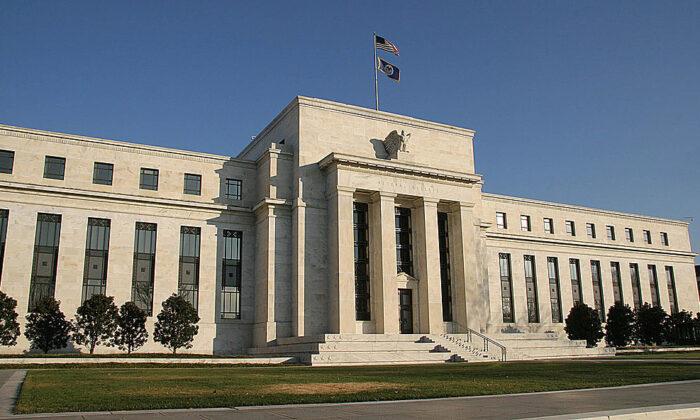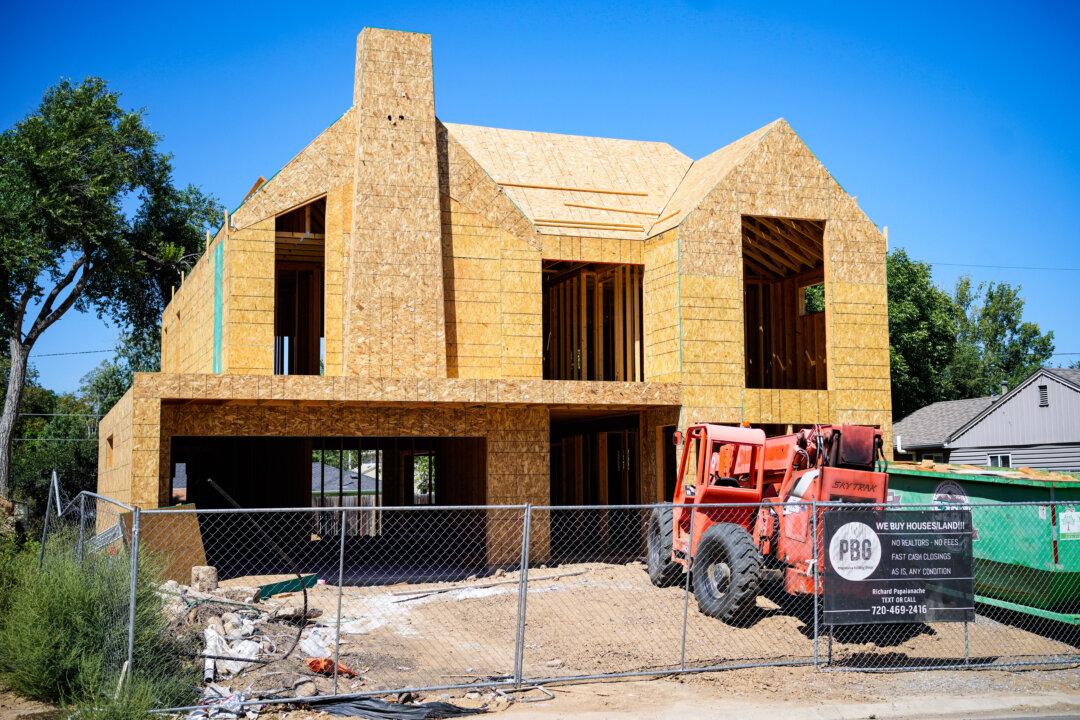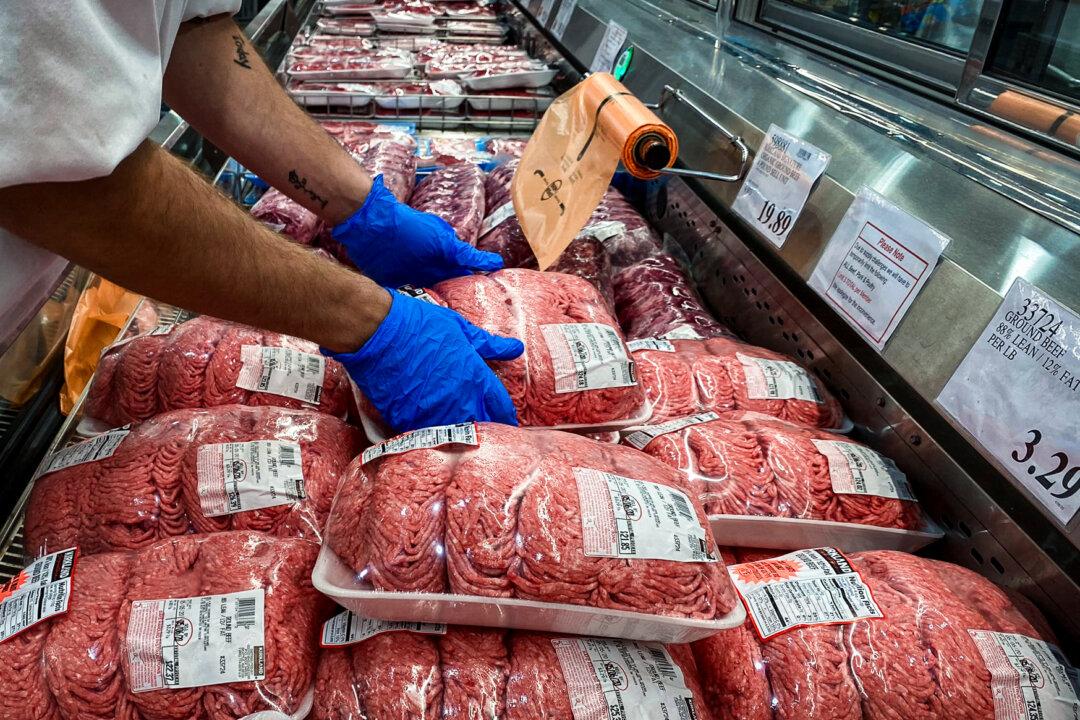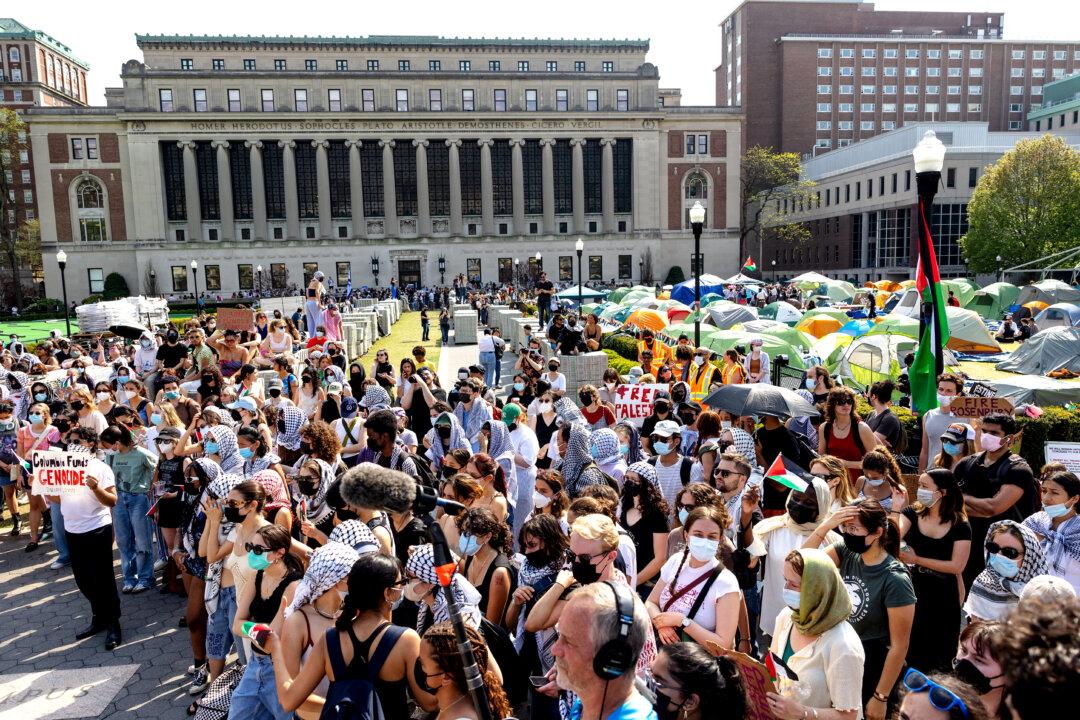Still, since a positive index reading reflects growth above trend, while a negative reading corresponds to growth below trend, the current number of 1.18 suggests slower “but still well-above-average growth,” the Fed stated.
Positive contributions to the index were made by production-related indicators, including in manufacturing.
“It’s not surprising to see a pickup in manufacturing as the economy has started to reopen, even though pockets of the country have pulled back on their reopenings,” said Lindsey Bell, chief investment strategist at Ally Invest. “It’s an encouraging sign and it supports the upside we have seen in the markets.”
Separate IHS Markit survey reports released last week showed that in August, U.S. business activity snapped back to its highest levels since early 2019, as companies in both manufacturing and services sectors saw a resurgence in new orders.
Personal consumption and housing also made positive contributions to the Fed index, but only slightly, dropping to 0.02 in July from 0.42 in June. Personal consumption contributes around 70 percent to U.S. gross domestic product (GDP).
Last week’s home sales data for July showed deals rising at a record pace for the second straight month, providing another glimmer of growth in America’s economy.
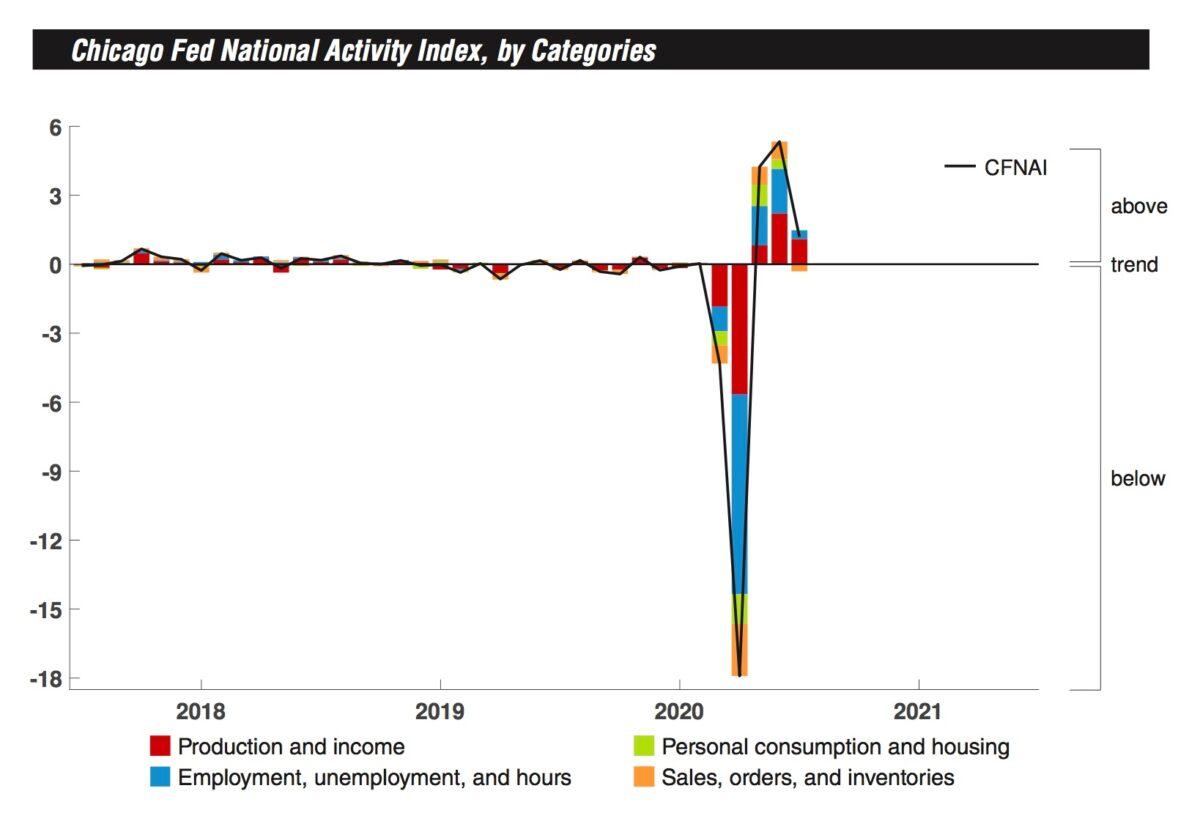
Employment-related indicators contributed 0.38 points to the Fed index in July, down from 1.94 in June. This reflects a possibly weakening trend in the labor market, in line with recent nonfarm payroll and jobless data, which shows that the economy added 1.8 million jobs in July after adding a record 4.8 million in June, while the unemployment rate fell by 0.9 percentage points in July after falling by 2.2 percentage points in June.
Another measure of note in the Chicago Fed’s data is the so-called diffusion index, with readings above minus 0.35 historically associated with economic growth.
The diffusion index surged to 0.62 in July from 0.14 in June, suggesting economic growth continues to rise.
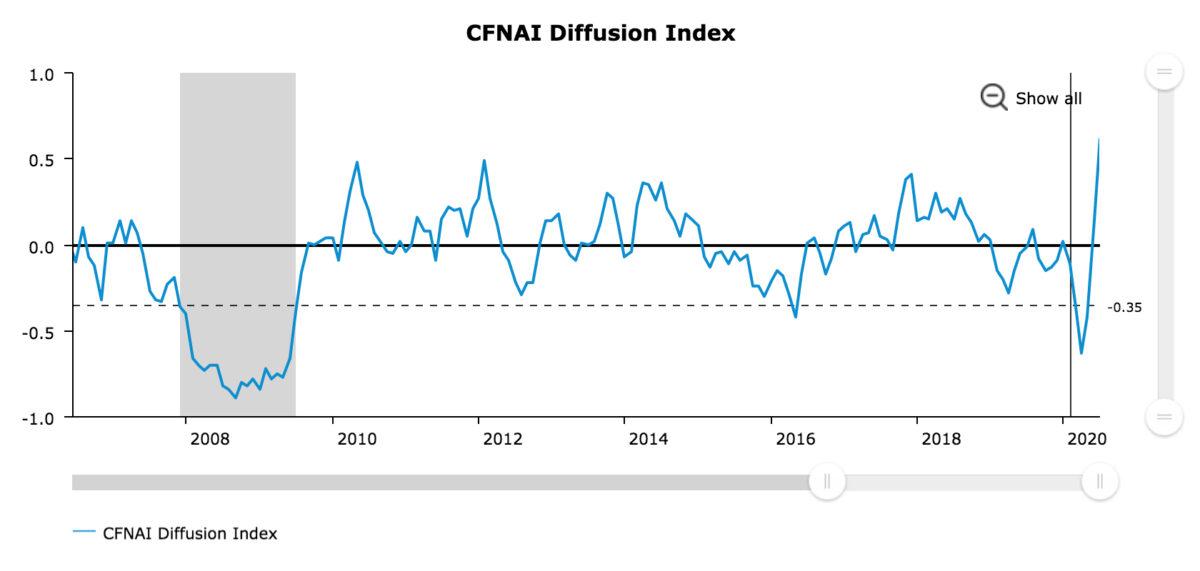
A Reuters survey of more than 110 economists taken Aug. 14–20 found that respondents believe the U.S. economy would grow 18.8 percent on an annualized basis in the third quarter, after shrinking a record 32.9 percent in the last quarter.
